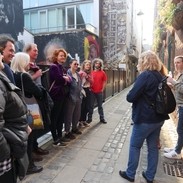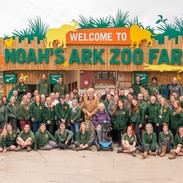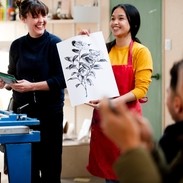What to say
Photo by: VisitBritain/DanielaLuquini
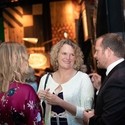
Knowing your story
“What’s the hook?” is a common question that travel editors ask when they’re offered a story. A hook (also known as a ‘peg’ or ‘angle’) is what makes a story idea newsworthy, noteworthy and timely.
As an illustration, consider Las Vegas. If a big casino-hotel opens on the Strip it will be newsworthy because it’s new. But it won’t be very noteworthy: there are already tens of places just like it. Equally, if there was a women’s-only casino-hotel which had been open for 34 years, that would be noteworthy (by being unique) but not newsworthy, as it wouldn’t be new.
But if a new, women’s-only casino-hotel opens? Now that would be a hook.
Your award win is your hook. It has just happened and it offers a unique, independent validation of your offerings. It is newsworthy and noteworthy.
To boost your noteworthiness, consider what else is unique about your product? That’s what a Travel Editor or Series Producer wants to know. What are you doing differently to close competitors, and why? Distil these unique selling points (USPs) into a few lines, and include them in your approaches to editors alongside news of the award win. This gives you the best chance of earning precious coverage.
Local or national?
Local press – newspapers, magazines, radio stations – are the likeliest to give you publicity. They’ll be most excited about your award, simply because a local business winning awards is big news.
That publicity may simply be a short news story, or an in-depth feature or report. Again, specifying your USPs will boost your chances. “[Company name] wins award” isn’t as good as “[Company name] wins award thanks to unique new [product name]” or “Award-winning, [company name] offers [local area or county]’s only [product]”.
National coverage is usually more desirable. Readerships will be bigger, and you’ll be reaching potential clients from further afield who are less likely to know about you.
Bear in mind, however, that many award winners will be contacting national travel editors – alongside numerous other people with numerous other stories. Getting noticed is hard.
Your best chance? Work out your unique selling points, and then follow our How to say it section.
Useful links
Marketing Donut has digestible, general tips on ascertaining your USPs
Read pitching advice from Lyn Hughes, the Co-Founder of Wanderlust
SRTS offers a deep-dive into what makes a hook
Case Study: Linda Jee, founder, Horseshoe Cottage Farm, Leicestershire
Photo by: Nick Linnett Photography
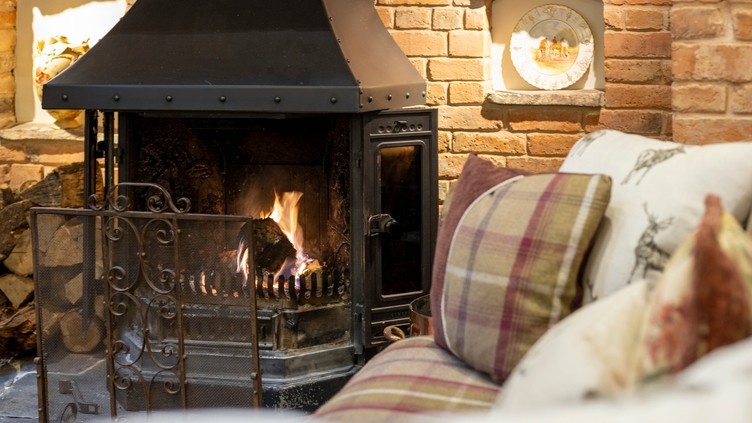
Award: Silver for Bed and Breakfast and Guest House of the Year
Size of company: 1 full-time staff member, 2 part-time
How did you promote your award? It was highlighted in bold text on our website’s homepage, with the logo (provided by VisitEngland) following soon after. I want to ensure that people know we’ve won it – because I’m blooming proud of it, and because the award firmly endorses what we do.
For me, the most important marketing element is having a good website. This is your shop window, and vital. Ours was created through the website-building platform Wix. Someone set it up for me originally, but now I just tweak it myself; even though I’m not ‘techy’, this never takes up much time as it’s so straightforward to accomplish. Having a website that is easy to amend yourself is cheaper and just better, I think – and if I can do it at 65, anybody can!
Do you have a marketing tip? We are also part of the Wolsey Lodges group, which does marketing and social media too. It published a nice blog on its website about why to go to Leicestershire, which brought in some business to us. It’s well worth the yearly £450 that I pay for membership – and I’d definitely encourage anyone short of time for marketing to seek out opportunities like this.
What can you offer?
Some editors or producers may request to send themselves or a reporter to sample your product, promising a big story or feature. Typically they’ll expect this to be provided for free in exchange for the publicity.
Can you afford this? If so, then it will probably be worthwhile – usually, the bigger the coverage, the better the impact. You’ll never be given a promise of when coverage will come out, but you can request specifics regarding the story’s length or (if radio/TV) duration.
If you can’t afford this, it’s totally okay to say as much. Just confess that you’re a small business and that, as much as you’d love to, you can’t provide complimentary stays or experiences at present.
Ideally, be clear in your initial pitch – at the end, and just briefly – about what you can or can’t offer.
Quote
View from the media
You’d be surprised how many PR pitches are commissioned on the basis of an excellent image, which can convey the essence of a story perfectly. Conversely, many great ideas are ditched because of a lack of good imagery.
Jane Knight, freelance travel writer and former Travel Editor of The Times
Top tips: supporting materials
Good photographs give you a far greater chance of publicity. Check our Asset Library for supporting images that you can use.
They should be high-resolution – anything over 300dpi.
But you don’t want to clog an editor’s inbox with lots of large files! So, paste one or two images amid your pitch (see the How to say it section) and then paste a link to an online file-share folder (such as Dropbox) where you have others saved.
A photo of you holding your trophy or certificate will help your chances for local media thinking of a news story.
Also helpful are detailed PDFs about your product – perhaps ones that are usually sent to customers. Attach these (or put them in the file-share folder) if relevant.
Navigation
Previous:
Next:


